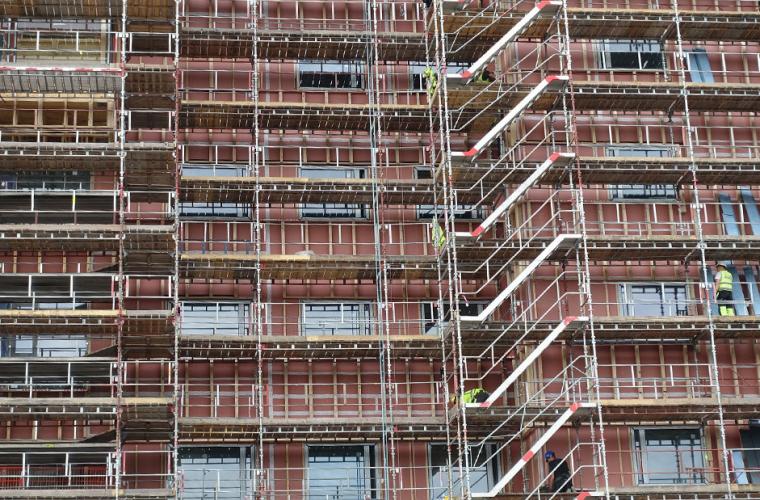Many contractors are still ignoring safety regulations despite repeated warnings that measures introduced by the Building Safety Act are already in place and affect every project, according to the Building Engineering Services Association (BESA).
The Association is concerned that firms do not realise the Act has already altered the regulations that apply to all construction work and not just higher risk/high rise residential buildings (HRBs)* and, therefore, face potential prosecution.
While the Act itself is primarily focused on HRBs, it has already changed many elements of the existing fire safety and building regulations, including the supporting approved documents that apply to all projects. It is also introducing secondary legislation that affects all building work.

“Anyone sitting back and waiting to see what happens is going to be in a lot of trouble,” said Nick Mead, chair of BESA’s Building Safety Act Advisory Group (BSAAG). “The Regulator is looking for proof that you are complying with regulations now and that the people working on a project were competent to carry out the specific tasks assigned to them.”
He said the industry should be braced for a high-profile prosecution under the Act because the Regulator would be keen to make a point.
Change
“The simplest thing is to treat every building as high risk. The Act has already significantly changed the rules, and every occupant deserves to be safe,” said Mead. “Our industry has become very lax in its record keeping, particularly around change management.
“If you cannot provide proof of why a decision was made or that the work was carried out by a competent person, the Regulator will not approve it.”
The advisory group, which was set up to advise BESA members and other specialist contractors about the specific issues relating to the building services sector, warned that MEP firms faced particular scrutiny because of the relative complexity of their work and the “eagerness of many specifiers to spread risks around their supply chains”.
The group also warned contractors to be ready for a period of uncertainty as Building Control Officers (BCOs) prepare to become a registered profession in April. There are estimated to be more than 4,000 who must become certified as competent to work as building inspectors under the new safety regime and they have until October to complete the required assessments and registration process.
BESA said members were already reporting considerable delays with an estimated 60% of ‘in scope’ projects held up at planning Gateway One and just a handful even reaching Gateway Two.
“Many inspectors are taking a no risk approach because of confusion over the new rules – and the least risky approach is not to proceed,” said Mead, who is technical director of MEICA Systems at Laing O’Rourke. “The whole thing could get messy if some projects have to be reassessed at a later stage because they were signed off by unregistered BCOs.”
BESA’s director of specialist knowledge Rachel Davidson added that it was hardly surprising there was confusion as the industry tried to adapt to the new regulations.
“We are trying to get away from the previously accepted approach of ‘build and design’ i.e. rushing into projects and then trying to sort out the details later,” she said. “However, we do know what needs to be done but many contractors are sitting back and waiting to see what happens. That is the riskiest approach.
“Companies are only being asked to do what they should already have been doing before the Act, which is comply with existing regulations. So, what are you waiting for?”
* An HRB is defined as being over 18 metres in height or consisting of seven storeys, containing at least two residential units, and/or is a hospital or care home.
For more information, including guidance and advice about what contractors need to be doing now visit BESA's Building Safety Act HUB.




















